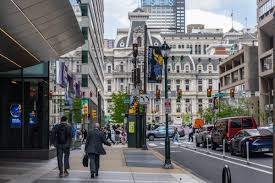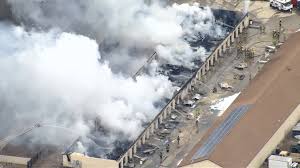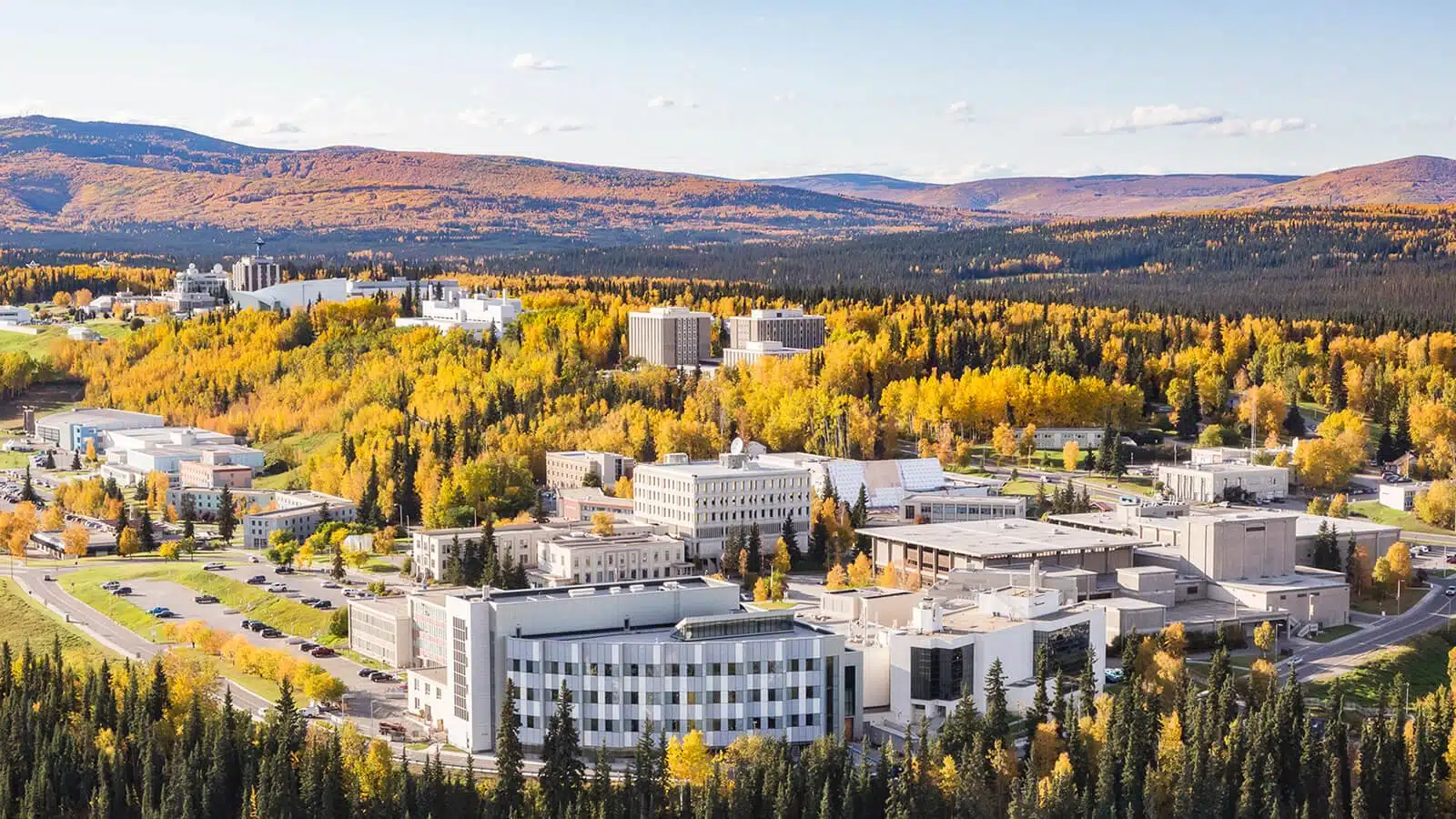Philadelphia, PA – The heart of Philadelphia’s downtown retail district is undergoing a major revitalization, bringing both excitement and challenges to the community. As construction crews work to enhance pedestrian spaces, improve infrastructure, and modernize storefronts, the project has led to temporary traffic disruptions. However, business owners and city officials believe the long-term benefits will outweigh the short-term inconveniences.
A Bold Vision for Downtown
The revitalization effort is part of a larger initiative by the Philadelphia Department of Commerce to enhance the city’s economic landscape. The plan includes widening sidewalks, adding more green spaces, and introducing modern lighting to create a more welcoming atmosphere for shoppers and tourists.
City officials have emphasized that the project aims to transform the area into a premier shopping destination while maintaining the historical charm of the city. “We want to create a vibrant, pedestrian-friendly environment that encourages people to spend more time in downtown Philadelphia,” said Mayor Cherelle Parker in a recent press briefing. “This investment will attract more visitors and, in turn, benefit our local businesses.”
Traffic Disruptions and Commuter Frustration
While the renovations promise a brighter future, they have temporarily complicated daily life for commuters and residents. Several major streets, including Chestnut and Market, have experienced lane reductions and detours, causing congestion during peak hours.
Local transportation authorities, including the Philadelphia Streets Department, have implemented alternative traffic routes and increased public transit options to alleviate the impact. “We understand this is frustrating, and we’re working closely with city planners to minimize disruption,” said a spokesperson from the department. “We encourage residents to use public transit, bike lanes, and pedestrian pathways whenever possible.”
Despite these measures, some commuters have voiced their frustration. “I used to get to work in 20 minutes, but now it takes me almost 45,” said James Carter, a downtown office worker. “I know this is for the greater good, but the delays are definitely a hassle.”
Local Businesses See a Silver Lining
Despite initial concerns, many business owners are optimistic about the project. The construction has brought increased foot traffic to certain areas, and city-backed initiatives are helping small businesses stay afloat during the transition. The Philadelphia Industrial Development Corporation has introduced financial assistance programs and marketing campaigns to support retailers affected by the construction.
Sarah Nguyen, owner of a boutique on Walnut Street, said she has already noticed a difference. “At first, I was worried that construction would keep customers away, but the new pedestrian zones are actually attracting more people,” she explained. “Once the improvements are complete, I believe downtown will be more lively than ever.”
Restaurants and cafes have also adapted by offering construction-themed discounts and promotions to entice customers. Some businesses have even partnered with the city to provide feedback on how the renovations are affecting their daily operations.
A Look Ahead: What’s Next?
According to city officials, the revitalization project is expected to be completed by early 2026. Future plans include the introduction of smart kiosks to provide real-time information on transportation and local events, as well as additional safety measures such as improved crosswalks and surveillance systems.
The Philadelphia Planning Commission has assured residents that their concerns are being taken into account. Community meetings are scheduled throughout the year to update the public and address any ongoing issues related to the construction.
City leaders remain confident that once the dust settles, downtown Philadelphia will emerge as a stronger, more attractive hub for both locals and visitors. “This is about investing in the future of our city,” Mayor Parker reiterated. “Yes, there are challenges now, but the payoff will be a thriving, dynamic downtown that we can all be proud of.”
For now, Philadelphians must navigate the temporary inconveniences with patience, knowing that the city’s long-term transformation is well underway.
Disclaimer – Our team has carefully fact-checked this article to make sure it’s accurate and free from any misinformation. We’re dedicated to keeping our content honest and reliable for our readers.




